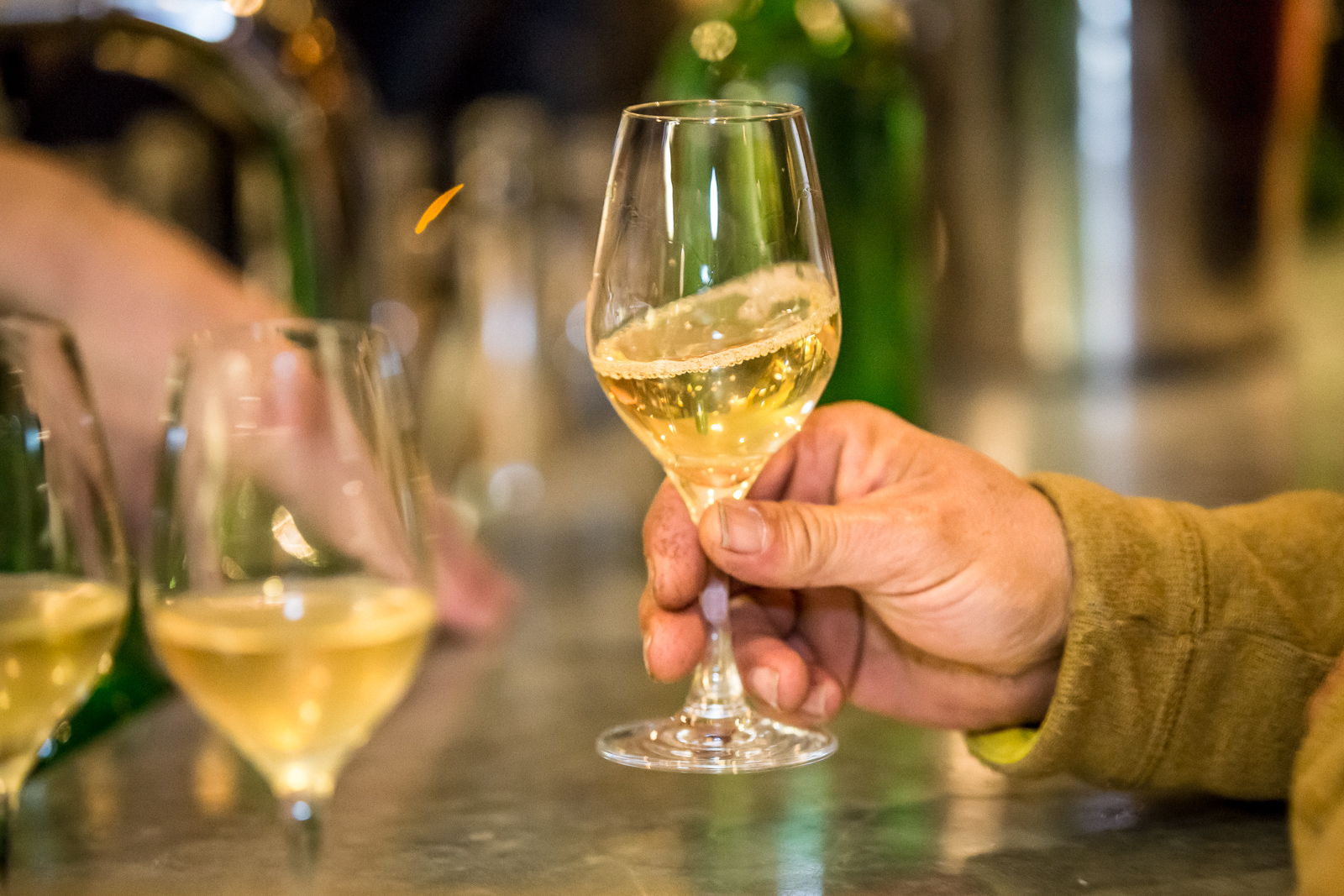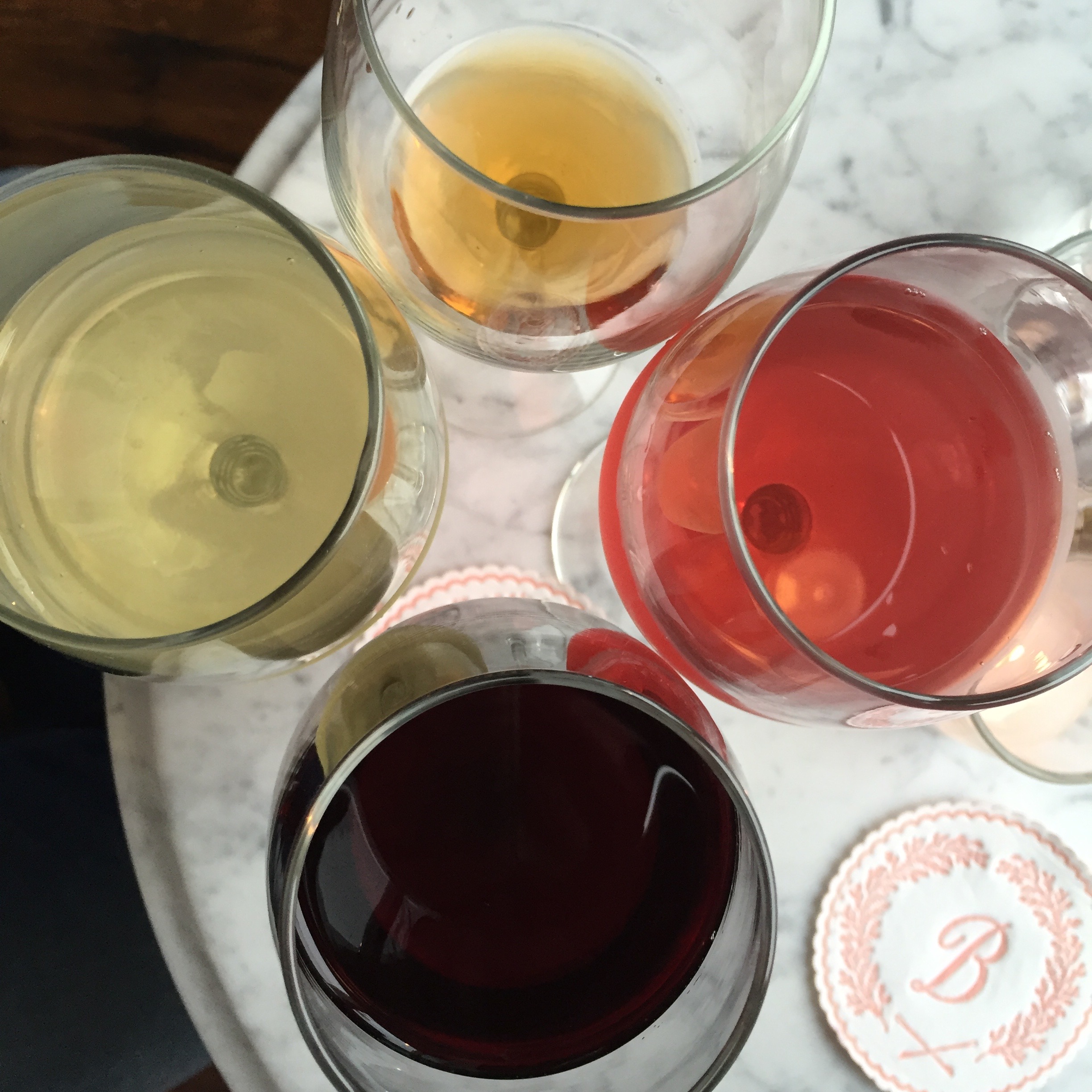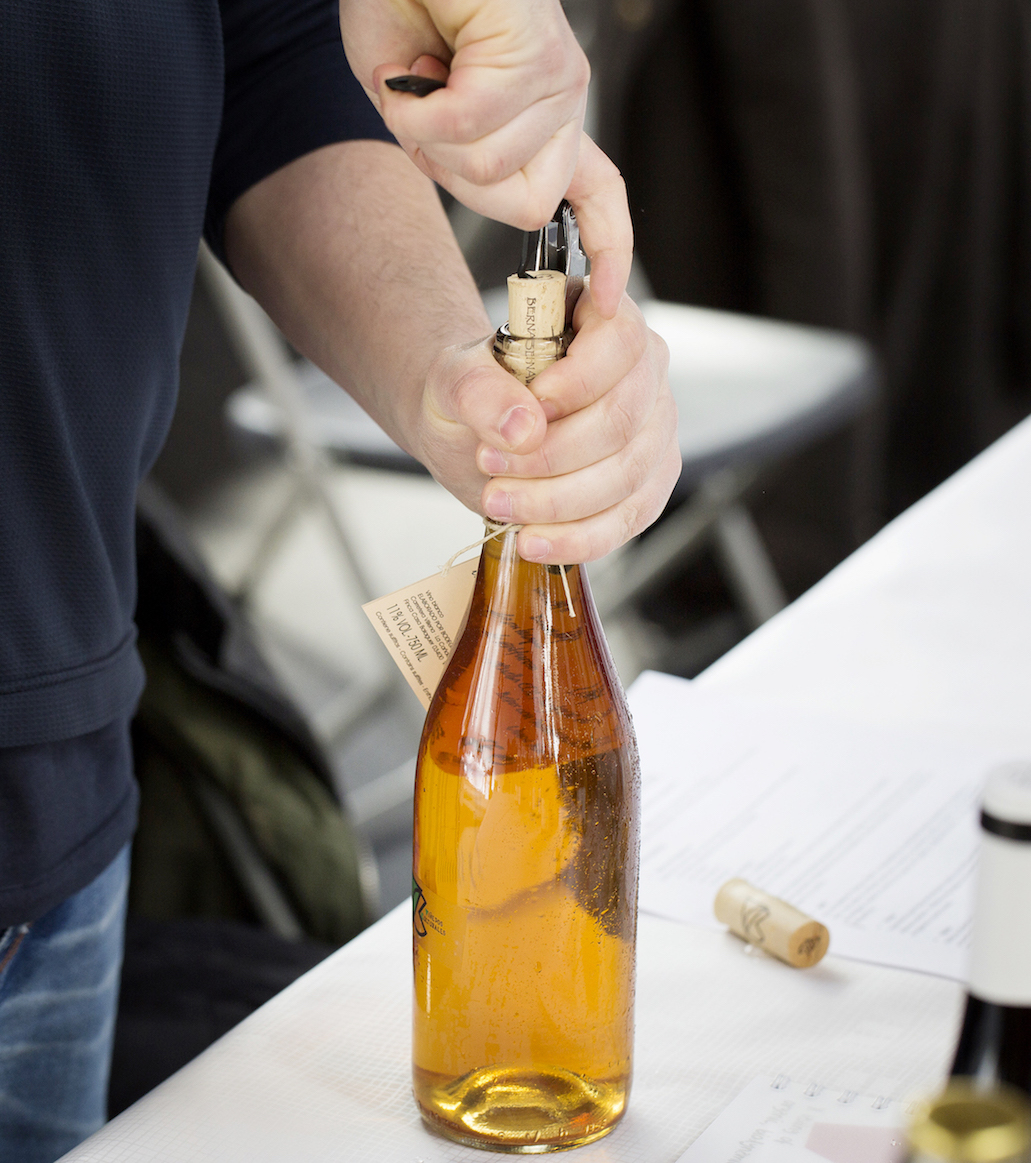“The butler returned with a huge album bound in crocodile leather. You are looking at the binding, I notice, said the host. It is the skin of a crocodile I shot myself in the Nile”.
–Jazz and Jasper by William Gerhardie, 1927

For some they are stuck-up stickybeat digests or riddles wrapped in mysteries inside enigmas inside leather folders; for me they have the capacity to inspire, inform, indulge and challenge the drinker. Wine will always be a bit esoteric in that each bottle has the scope to be individual and it is unlikely that majority of customers inspecting the list will have the foggiest idea what the wine inside will taste like. Whereas two eggs or two slices of bacon will be pretty similar, two Sauvignons (from the same grower even) may be chalk and cheese (and taste of chalk and/or cheese). The question of how to dispel that fog of uncertainty may be answered by finding ways of breathing life into the moribund structure of wine lists.
For me the most compelling wine lists establish thematic links that mirror the way customers think about wine…
I also admire those lists that try to establish the essential flavour of the wine itself – however subjective an exercise that might be. Finally, the interesting compilation should, by definition, be a selection, disclosing an individual intelligence at work and illustrate the virtue of discrimination. What is omitted from such a selection is almost as revealing as what is present. Quality is diluted in those vanity projects where wines are chosen with the eye and acumen of a magpie, covering the bases for the sake of it, trying to second-guess the taste of the customers; symptomatic of a desire to be all things to be all people. A good chef, after all, will cook food that he or she is proud of; a skilful compiler of wine lists should be informed by the same spirit of individual expression.
The most obvious and monolithic lists are assembled by ascending order of price, a lazy-fare approach designed with the defensive expectation that people are going spend down…
This is vertical thinking of a kind – postulated on the false premise that the value of wine is worth what it is sold for and that people invariably look at the price first and the name of the wine afterwards, ignoring the fact that the cheapest wines are rarely the best value ones. (Restaurants normally make their highest margins on the least expensive wines.) A more lateral approach would be to shuffle the order of the prices and allow the eye of the reader to wander.
“The earlier stages of the dinner had worn off. The wine lists had been consulted, by some with the blank embarrassment of a schoolboy suddenly called upon to locate a Minor Prophet in the tangled hinterland of the Old Testament, by others with the severe scrutiny which suggests that they have visited most of the higher-priced wines in their own homes and probed their family weaknesses.”
–The Chaplet, Saki (H.H. Munro)
The most conventional type of mid-sized list is arranged by country and region. Vines, however, do not exist within arbitrary political borders…
Why would you necessarily put a Sauvignon from Friuli and one from contiguous Slovenia in different sections of the wine list? France, for example, is not one country (how can one govern a country that has 265 different types of cheese, as De Gaulle once mused), whilst Italy, stretching from the Alps to the north coast of Africa, and possessing several hundred different kinds of grape variety, might as well be a loose confederation of nation states. From grower to grower and vineyard to vineyard it is impossible to generalise and encompass a single truth about a region let alone a country. For every division by region, there could be a sub-region, a valley, a vineyard, an exposition, a style of vinification. The more precise information we have the more arbitrary appear these broad geographical divisions. There are growers and wines whose connections transcend the fact they are from different regions or even different countries. One thinks of Vini Veri in Italy and Renaissance des Appellations, wherein the vignerons embrace a common philosophy of naturally-made wine. The wines they make may be far closer in spirit than the wines made by two neighbours in any appellation in France or DOCG in Italy.

Take the designation of “The Loire”. What does this actually mean to anyone? The Loire rises in the continental heart of France near the mountains of the Auvergne and the river meanders through the famous vineyards of Sancerre and Pouilly, flows through beautiful regions of Touraine and Anjou before decanting into the Atlantic. For me the Loire encapsulates diversity, it is like a necklace looping through various different precious stones, but though many of the wines may share a certain cool acidity, be it from the Atlantic influence or the nature of the grape varieties themselves, yoking them together in a single section serves no logical purpose. For the Loire is a river that runs for a thousand kilometres; it is a patchwork quilt of appellations and grape varieties and growers and winemakers with diverse agendas, not a homogenous wine region.
One often finds lists organised by grape variety, a format that can be useful, but by no means perfect…
Ideally these lists should be balanced: a plethora of Chardonnays, Sauvignons, Cabernets and Shirazes creates lopsided choice and the inclusion of other varieties may seem like tokenism. To assume obvious linkage within the same grape variety classification ignores the fact that terroir and climate can be just as important in determining flavour as the signature of the grape itself. The chalky flavour of Chablis (Chardonnay) may be said to bear closer resemblance to some of the wines in Sancerre (Sauvignon) than the plumptious Chardonnays of, say, the Napa Valley or Margaret River. Where you put roots down determines the true style of the wine and its ultimate nature (sic) of its flavour.
To establish a clearer link between the wine and its flavour one would preferably create a list by style conveying by means of various categories its weight (light/medium/full), complexity (easy-drinking/profound) or taste impression (aromatic/spicy/herbal)…
The categories in the list would be broadly organised thus: The whites moving from aromatic, crisp, clean and mineral to more mouth-filling, intense and spicy examples. You would find different examples of the same grape variety in different categories according to the style of the wine itself. The reds might progress from unoaked, fruit-driven wines through various expressions of terroir to more powerful, structured styles. Whilst this would be the basis for my ideal small wine list I would favour a less rigid approach for more compendious “documents”. One might, for example, investigate mixing the categories. This then would be a wine journey not a wine journal, an exploration of wine by physical style, by region, grape variety, emotion and sensation. It would reflect the way that terroir, the sense of origin, communicates itself in the wines, the way wines taste and the way we taste wine.
Objectively, the division by climate and terroir is the purest one – if the wines truly reflect their origin…
Mountain wines, Mediterranean wines, wines of the sea, wines on schist or granite or slate or volcanic ash, any categorisation whereby the flavour of the wine is self-evidently shaped by its surroundings, brings us closer to the notion that the vine does indeed have its roots in the soil as well as being part of a wider eco-system. Such categorisation can be a bit desiccated, however, unless the idea of granite sends you into raptures of sensual expectation. One may prefer to substitute more imaginative descriptors such as “salt and shell” for sea, herbs and spice or hot garrigue for Mediterranean wines and so forth. The objective is to conjure an image, or the resonance of a memory, by creating a physical context for the wine.
The luscious clusters of the vine
Upon my mouth do crush their wine
The nectarine and curious peach
Into my hands themselves do reach
–Andrew Marvell, The Garden
A wine list should be able to function in loco sommelier. It can even be personalised and tailored to the needs of customers by being presented as a series of questions asking what they feel like drinking. How about something thirst-quenching? Or something to go with oysters? Or grilled meat? Or what’s the best wine with blue cheese? Do you fancy an alternative to Chardonnay? Have you got any organic whites? Would you recommend something really unusual? Which reds can I drink chilled? The ability to steer the customer into a section of the list that they want to be in – just like a search facility on a web site – and to reduce the choice to a few options, is the sign of a strong wine intelligence.

The service provided by sommeliers and wine waiters cannot be overstated. The list, however articulate, is a merely a utensil and no substitute for the sommelier’s personality, knowledge, intelligence, enthusiasm and ability to interpret the needs of the customer. The investment in any bottle of wine (not just the loftier cru classé Bordeaux) is a substantial one when you are buying blind, hence customers will tend to default to the tried and trusted, yet too many lists, are formidable cyphers inviting us to genuflect before their quality and width. The sympathetic sommelier should want their customers to feel relaxed with the format of the list rather than so intimidated by their lack of knowledge (one reinforced by the list) that they invariably have to request information.
The most dynamic wine lists work with a combination of deconstruction (of hierarchies) and imaginative juxtaposition…
They capture the diversity and spirit of the wines contained therein. Both Socratic and intuitive they will embrace objective groupings that describe the qualities of the wines and subjective categories that suggest more sensual or mood-engendered responses to wine. The traditional incomprehensible document of names is dead text; the aim should be to stimulate a dialogue with customers by asking or challenging what they like to drink in as economic a fashion as possible. And if you have an imaginative list… then customers will begin to make imaginative choices (rather than inevitably fade to Pinot Grey).
Some restaurateurs are adventurous and create expectation-ruffling, discursive, affirmatively demystifying lists. Others, however, are fearful of what their customers might think – as if the status quo is always correct because no-one takes issue with it. That is the counsel of drabness and commonplaceness of mind. The wine list is not out there on its own; it is a tool to engage with customers, a means to discuss their preferences and to suggest matches for dishes on the menu. In short, a great wine list (great in quality not necessarily in magnitude) can raise the experience of eating out to another level.


Or pass around an iPad with a list that’s sortable on every column.